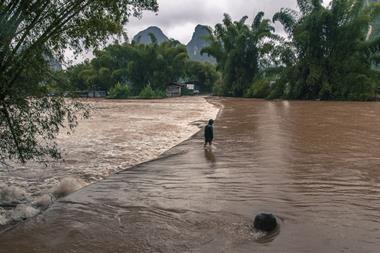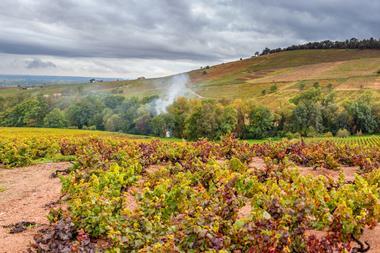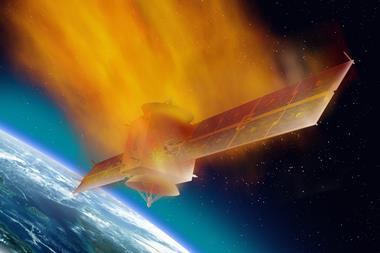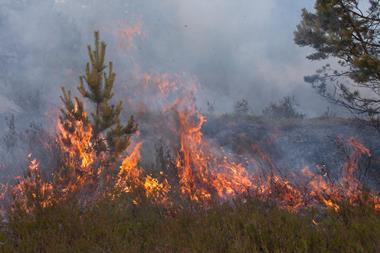The mystery of how wildfire smoke alters the chemistry of the stratosphere to cause ozone depletion has been solved. The findings suggest that more frequent and intense wildfires in a warming climate could potentially delay the recovery of the ozone layer, which protects us from harmful UV radiation.
It was previously known that aerosols from wildfire smoke can reach the stratosphere and it was assumed that they acted like volcanic ash by increasing the surface area for reactions that can convert chlorine-containing molecules, largely derived from CFC emissions, into more reactive forms of chlorine, which in turn destroy ozone.
However, after the late 2019, early 2020 Australian bushfires, satellite measurements of stratospheric chemistry threw up data that could not be explained by this assumption. It revealed a record low of hydrogen chloride, a record high of chlorine nitrate, combined with low ozone in the mid-latitudes.
‘Because this has never been seen before, we wanted to know how it occurred, which led to attempting to recreate the changes in a chemistry climate model,’ says Kane Stone who led the work with Susan Solomon at the Massachusetts Institute of Technology. Given the low levels of hydrogen chloride, the team wondered if its ability to dissolve played a role.
To test this, the team incorporated the solubility of hydrogen chloride into a state-of-the-art model that already included heterogeneous chemistry on the aerosols that are usually found in the stratosphere, such as sulfuric acid and water aerosols. The simulations revealed a close match to the 2020 atmospheric observations, confirming the team’s hunch.
The model suggested that this was down to the presence of organic wildfire aerosols increasing the solubility of hydrogen chloride in the stratosphere. Usually, aerosols in the stratosphere are made up of sulfuric acid and water. At warmer temperatures more sulfuric acid is present, which means hydrogen chloride is less soluble. However, organic wildfire aerosols alter this dynamic to allow hydrogen chloride to dissolve more readily, which in turn boosts the production of reactive chlorine species that catalyse the destruction of ozone.
The model revealed that this mechanism could be responsible for a 3 to 5% decrease in ozone in southern mid-latitudes. ‘This is significant when compared to the 1% per decade recovery of the ozone layer,’ says Stone. ‘The 3-5% decrease is temporary, however, but if wildfires become more intense and frequent in the future they could contribute to a delay in ozone recovery.’
‘This work has revealed another mechanism by which chlorine – controlled by the Montreal Protocol – can impact ozone,’ says Martyn Chipperfield, an atmospheric scientist at the University of Leeds, UK. ‘The protocol, however, will still ensure that stratospheric chlorine levels will decrease and therefore the potential for ozone loss due to this wildfire smoke process will decrease.’
CFC emissions have been decreasing since 2000 due to the Montreal Protocol and are expected to return to pre-industrial levels by around 2050.
Nevertheless, the team also found that the 2020 wildfires could have increased the Antarctic ozone hole’s area by 2.5 million km2 – the total area of the hole that year was 24.8 million km2. ‘However, there are other factors involved in the very large ozone hole that year, including natural variability – the ozone hole has a different size each year due to changing temperatures and winds. More work needs to be done to fully understand the impacts of wildfires on the ozone hole,’ says Stone.
‘This represents an incredibly important advance,’ says atmospheric chemist Ross Salawitch at the University of Maryland, US. ‘Scientists who model the seasonal and temporal evolution of the depth of the ozone hole have long been puzzled by the faster than can be explained decline in the concentration of HCl. It is almost certain that these state-of-the-art models will soon be expanded to include the solubility and reactivity of HCl in organic aerosols that are always present in the stratosphere, albeit at fairly low concentrations.’
References
S Solomon et al, Nature, 2023, 615, 259 (DOI: 10.1038/s41586-022-05683-0)












No comments yet